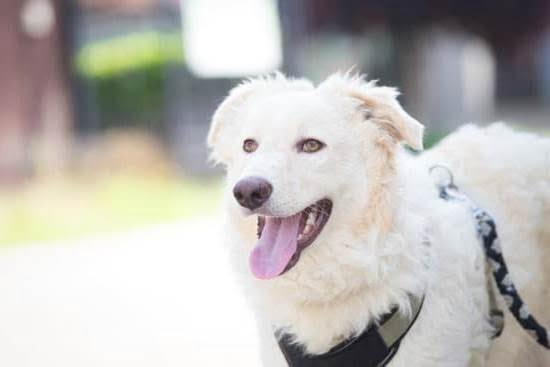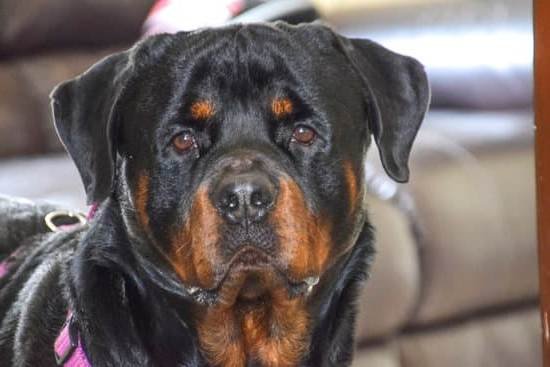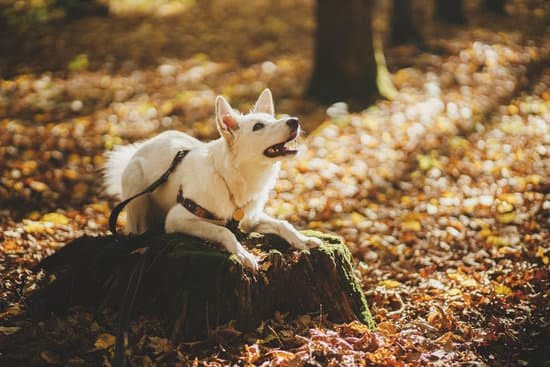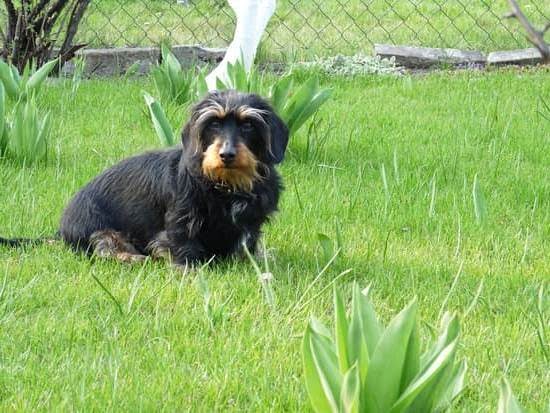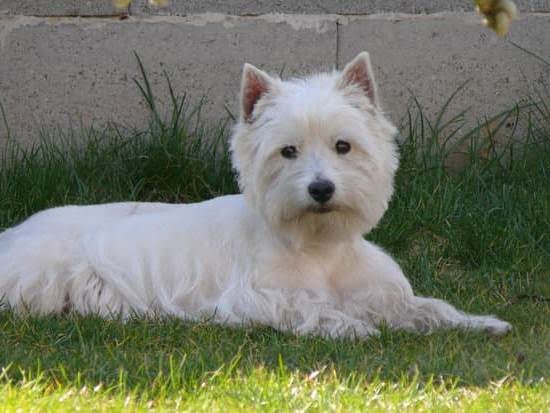Introduction
Potty training your dog can be a great way to form a bond with your pet, as well as keep your home clean and free from accidents due to your dog eliminating in the wrong places. Not only is potty training beneficial for homeowners and those that live with dogs, it can also help keep your pet healthy. By potty training your dog to eliminate in certain areas, you’ll reduce their need for trips to the vet. Potty training can also decrease stress for both dog and owner and make overall management of your pet much easier.
Setting Up An Environment
Creating a Potty Training Schedule – Establish a regular routine for when your dog should go to the bathroom. This could be every few hours or before bed, depending on your pup’s needs. You should also set aside time after meals and naps as well when they will likely need to use the restroom.
Using Praise and Rewards – Give your pup lots of positive reinforcement and treats when they go to the bathroom in the correct spot. This will help them learn their potty training routine quickly.
Crate Training – Explain how crate training can help puppies learn how to “hold it” for longer periods of time throughout the day or night which is key for proper potty training. Consider providing plenty of toys and a comfortable bedding setup in order to make the crate an inviting area for them.
Maintaining Cleanliness – Make sure you keep the designated potty area extra clean by frequently changing out puppy pads and cleaning any messes that may occur from an accident. Discourage your pup from using anything but their designated potty spots by staying consistent. Still give them praise though if they don’t have many accidents in general!
Establishing A Potty Routine
One of the best ways to teach your dog to potty train is by establishing a potty routine. To ensure that your dog learns the routine quickly and effectively, use positive reinforcement during training. Give verbal praise when your dog goes in the correct area, such as a “good boy!” or “good girl!” Use physical cues, like pointing in the right direction, to help steer your pup towards the designated potty area. Consistent repetition will also result in more successful learning- taking your pup out to use the bathroom at regular intervals throughout the day is key. Additionally, pick up after them when they make a mess, as it’s not just good etiquette but helps them understand what you expect from them. The reward for an accident-free home can be something like treats or playtime. With persistence and repetition, you will soon have a clean and well-behaved pet!
Commanding Control
When teaching your dog to potty train, it is important to command control over him. The best way to do this is by having a consistent tone of voice when giving your commands and ensuring that you use a confident yet gentle body language. Instead of yelling or being too aggressive with your dog, make sure to keep a positive attitude and speak in an assertive manner. Additionally, engage with your pet in activities such as fetch or tug-of-war, as these can help strengthen the bond between you two and create trust. This will help your pet understand what type of behavior you desire while also providing mental stimulation. Establishing ground rules and boundaries can also be beneficial in teaching obedience and teaching them what is right and wrong. Lastly, practice patience when training, rewards should be given upon successful completion of tasks as well as praise!
Praising and Rewarding
Praising and rewarding your dog is an important part of teaching your dog to potty train. Praising and rewarding your dog after they go outside in designated areas will help them associate going outside with positive reinforcement. Whenever they do go to the bathroom in the correct area, make sure you reward them with verbal praise (e.g., “good job!”) as well as treats or other rewards such as vigorous petting or a game of fetch. It is important that you reward and praise them every time they go in the correct spot and keep it consistent – if you only reward them sometimes, they might not be able to tell what’s expected of them. When it comes to type of rewards, there are many options available – you can use treats for starters but also include toys and chews for mental stimulation. Timing is also key here; make sure you give your dog the reward immediately after they finish their business outside, so that they can track the direct connection between their action and the consequent reward. Consistency is crucial – remember to praise and reward your pup every time they go in the designated area!
Cleaning Accidents
Cleaning accidents is an important part of potty training your pet. Regularly cleaning up after your pet and disinfecting the area will help them understand that their bathroom breaks should only be taken in designated areas. When you clean up after your pet, it’s best to use a natural cleaning solution that is good for both your pet and the environment. You don’t want to only clean up, but also provide adequate ventilation as urine can leave a lasting odor if not properly addressed. Additionally, use a cleaner containing an enzyme-based cleaner or detergent to dissolve any remaining particles on the surface, while also neutralizing any lingering odors. Use paper towels, absorbent rags or cloth diapers similar to those used by humans when babies are learning bladder control; this will help show them what is expected for proper elimination locations. Finally, although much more difficult to do with a living creature, reward good behaviors and create consequences for bad behaviors such as eliminating in inappropriate areas; consistent follow through with rewards and discipline can go a long way in helping pets learn potty training protocol quickly. When all else fails, contact a certified animal behaviorist who may be able to provide additional guidance tailored specifically towards your situation at hand.
Wrapping Up
If you are having difficulty with teaching your dog to potty train, it may be helpful to seek advice from a qualified expert. A professional trainer or behaviorist will be able to provide you with tailored advice on effective training techniques, as well as any additional guidelines and support that may need to be implemented to help your dog successfully learn the task. They will also be able to watch and assess your pup’s progress and provide feedback on what is or isn’t working. Furthermore, some trainers are even available online through video conference calls for added convenience. While employing a professional can cost money, the comprehensive assistance offered can make all the difference when it comes to successful potty training your pup.
Conclusion
Potty training your dog may seem like a difficult task, but with patience and consistency, you can effectively toilet train your pup in no time. Remember to use positive reinforcement rewards when your dog completes their potty command correctly, as this will help reinforce the behavior positively. Always be sure to clean up any messes immediately – un-cleaned areas can become targeted spots for future toileting. Make sure to set aside enough time each day to take your pup outside for frequent potty breaks and always add extra time after mealtimes and activity sessions. Consistency is key – if you are consistent with rewarding desired behaviors, teaching obedience commands and providing frequent toilet break opportunities your pup should soon learn where and when it is appropriate to go. If during potty training, you find yourself struggling or finding that your pup regresses back to old behaviors, try taking a step back and returning back to basics – reward small successes more often and maintain strong boundaries within the household. Finally be sure not to punish your pup for accidents, rather redirect them and offer plenty of praise when done correctly! With lot’s of patience and consistency you will soon have a perfectly potty trained pup!

Welcome to the blog! I am a professional dog trainer and have been working with dogs for many years. In this blog, I will be discussing various topics related to dog training, including tips, tricks, and advice. I hope you find this information helpful and informative. Thanks for reading!

